Creative Discontent
I love to be positive, but let’s get a little negative for the fun of it.
Creative thinkers and innovators might be bursting with ideas, but sometimes you need some inspiration. Negative inspiration.
Let the problems in your world or the greater world spark your creative solutions. Creative thinkers can focus on what most people want to avoid. Personal problems such as fear of intimacy, a need for respect, perpetual conflict, identify-based discrimination, miscommunication, loss, addiction, depression, illness, or financial insecurity can move you to develop understanding and creative solutions. Global problems such as hunger, war, xenophobia, addiction, disease, overconsumption, disproportionate wealth, unclean water, crime, and poor sanitation can press you towards new solutions.
Big problems call for big solutions. Creative thinkers can sit with problems, pain, and complexity, and see a new world where these problems no longer exist, or at least not to the magnitude that they exist today.
Dissatisfaction drove Jonas Salk to discover a cure for polio, Maria Montesorri to design a better way of educating children, Gandhi to create a more effective means of nonviolent social change.
Your dissatisfaction can be big, or it could be simpler everyday problems, like rude drivers, telemarketers, unpredictable trains, and perpetually late doctors.
Take a moment to be dissatisfied. Sit with the awfulness of it.
What causes you creative discontent?
What do you complain about the most?
What is something awful that moves you to take action?
Flip your creative discontent to expansive solutions using your imagination. You know what you don’t want - so what do you want? What is your insight? What world will exist with this problems solved?
Get turned on by your ideas. Create through curiosity, joy, and love. Solve problems in ways that are intriguing and fascinating to you. What experiences do you want to have as you solve this problem? Who will have perspective and energy that will add value to your impact?
As you expand, consciously expand your framing. People tend to solve problems knowing what they already know. You have a frame, a lens through which you look at, process, and think about life. Your frame is your cognitive belief system that makes sense of complex information, behaviors, patterns, and decisions.
Your frames are based on all of the complex experiences and emotions of what makes you who we are. It’s what you’ve studied, and why. It’s how you were raised, It’s your gender, sex, and sexual orientation. It’s your race, culture, and nationality. Religion and spiritual experiences shape your frames. Your relationship status shapes your frame. Your relationship with your frame shapes your frame.
Understanding your frames and other people’s frames tells you how you think, and also primes you to mix it up and reframe so you can expand your frame and come up with something totally unexpected.
A single problem can be framed a myriad of ways by different people. It is possible to see different patterns from the same information.
Think about why you love to travel or learn about new cultures. People from different countries have realities different than your own. This illuminates your unconscious and tacit ways of being in the world. Behaviors and beliefs that are natural to you are juxtaposed to totally different way of being, and you get to question yourself with more awareness.
Thinking strategically and creating insight means tapping into new ideas by testing and examining your tacit thinking. Moving beyond your assumptions and your own worldview.
We frame problems according to our experience, so if you want to think creatively and strategically, include people with diverse perspectives as you create solutions. Know your own frames, their assets, and their limitations. Bring new frames into your world.
Travel and conversation is great for creative and strategic thinking. Go somewhere new. Live a new way.

